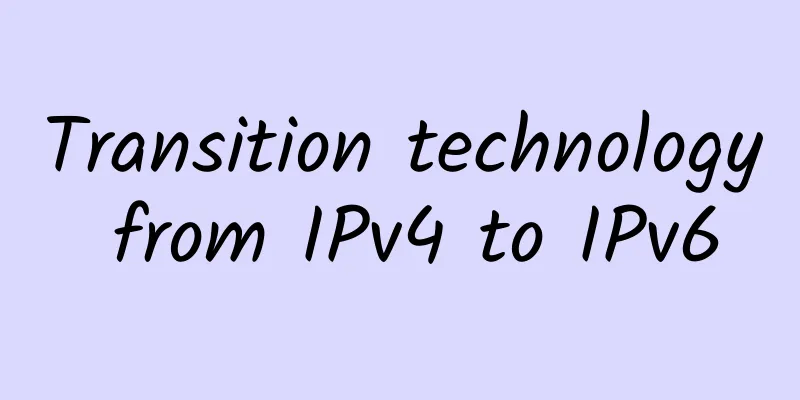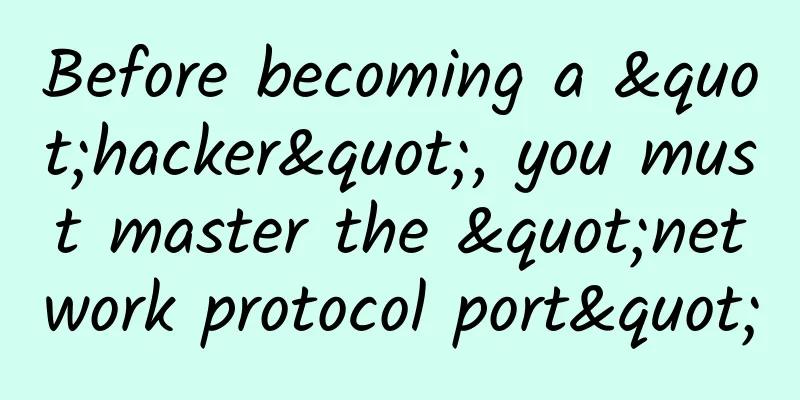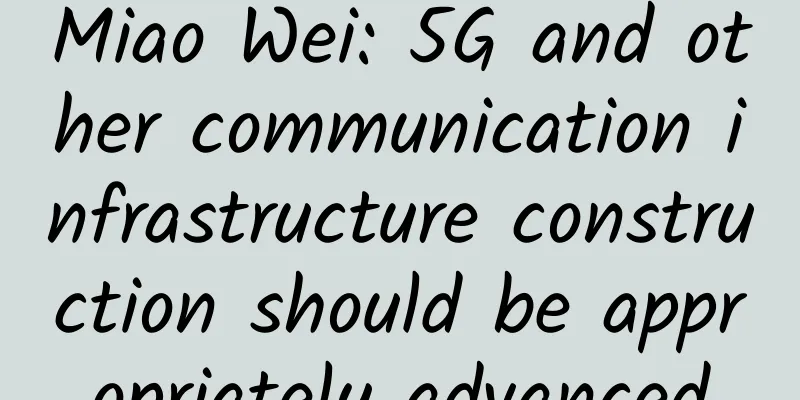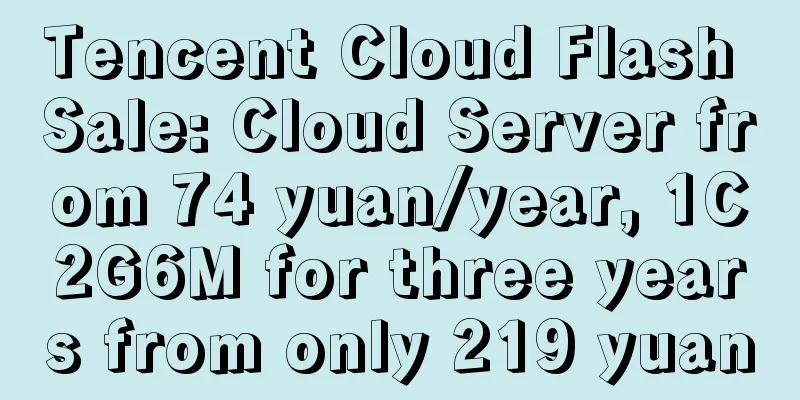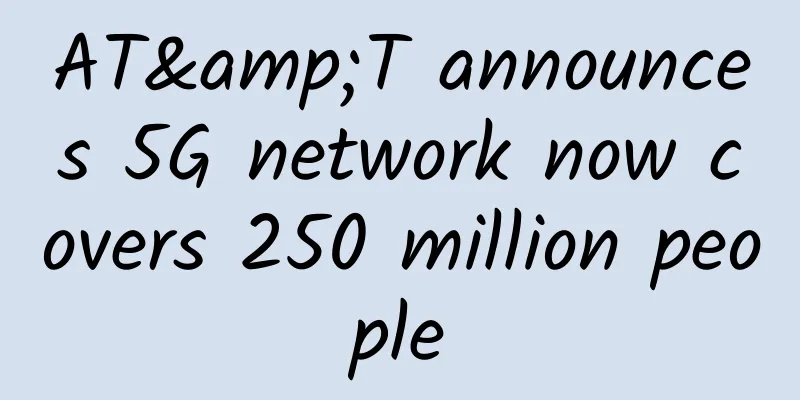Why IoT needs LPWAN

|
LPWAN deployment for IoT devices aims to provide long-range connectivity. It enables low power consumption for smart IoT devices. LPWAN stands for Low Power Wide Area Network. The technology emerged in 2013 as a wireless connectivity technology that suits the needs of machine-to-machine communication and IoT devices. However, the technology started gaining traction around 2015 when the GSMA wireless industry association developed a set of standards to help network providers and operators meet their specific cost requirements for power consumption, network coverage, and IoT devices. These standards include LTE-M and NB-IoT. The standards are designed to increase connectivity options for IoT devices with low bandwidth and low latency. LPWAN has become a connectivity option for most IoT devices and its adoption in the IoT space is increasing. LPWAN technology has tremendous advantages over traditional connectivity options, some of which are discussed below.
Wide area coverage LPWAN supports communication between IoT devices within a range of 3-20 kilometers. In smart cities, data can be transmitted over long distances via low-power LPWAN. Low power consumption The data transmitted by an IoT device affects the power consumption of the device. One of the main benefits of using LPWAN is low power consumption. Using LPWAN, IoT devices can automatically go into sleep mode when not in use. This helps save power as the device consumes very little power when not in use. Due to the low power requirements and low usage, one can expect the battery of these IoT devices using LPWAN to last 5-10 years. Reduce costs The use of LPWAN helps reduce the costs associated with IoT devices. Due to the low power requirements, IoT devices can run on low-cost batteries, which reduces the cost of IoT devices. The batteries can also last for 5 to 10 years, which reduces the maintenance costs of these devices. In addition, only a small number of gateways are required to transmit data over LPWAN, which will lead to a reduction in infrastructure costs. For example, despite the high density of buildings in Amsterdam, there are only 24 gateways in the entire city. LPWAN is expected to become an integral part of IoT connectivity standards. The question now is which LPWAN technology to use. There is no clear answer to this, but before deciding which technology to use, you can consider factors such as the amount of data transmitted, the degree of autonomy required, and the location of the IoT devices. |
>>: 5G is not about mobile phones, but about the Internet of Things.
Recommend
10gbiz: 50% off, starting from $3.44/month, Hong Kong CN2 GIA/Los Angeles CN2 GIA/AS9929/large hard disk VPS optional
10gbiz is offering a 50% discount on all VPS host...
Economic uncertainty increases cybersecurity risks
Today, cyber attackers are always looking for way...
Survey: Germany more dependent on Huawei 5G equipment than before
Germany is even more reliant on Huawei for its 5G...
BudgetVM: $29/month - 4GB/200GB/100Mbps unlimited traffic/high security/Los Angeles & Japan data centers
It has been exactly one year since I last shared ...
Empowering IDC infrastructure, can 5G achieve data transmission at the speed of light?
The fifth generation of cellular networks is gett...
It has been almost three years since number portability was implemented. Who is the winner among the three major operators?
Since the three major operators in my country occ...
80VPS: 330 yuan/year KVM-2GB/40GB/3M/Hong Kong & Japan & South Korea data centers
80VPS is a long-established Chinese hosting compa...
Detailed explanation: Three technical routes to achieve wide-area deterministic networks
Last time, we introduced the background of determ...
5G base stations, intelligent energy storage system is the key
Large-scale 5G construction has begun. As the bas...
What will the 5G charges be like?
The 5G era is coming. With the issuance of licens...
WPS joins hands with HarmonyOS to jointly explore the path of smart office upgrade in the era of the Internet of Everything
At the Huawei Developer Conference on September 1...
5G messaging reaches a new level, and the commercialization process is expected to accelerate
With the advancement of technology, the commercia...
Do you feel that 4G is slowing down? Too many users is the main reason and it has nothing to do with 5G promotion
After operators launched the "unlimited data...
Western Digital Enters In-Memory Computing Segment with New ULTRASTAR Memory SSD
Western Digital Corporation (NASDAQ: WDC), the le...
Three ways 5G will change manufacturing
According to RT Insights, the Manufacturing Insti...
